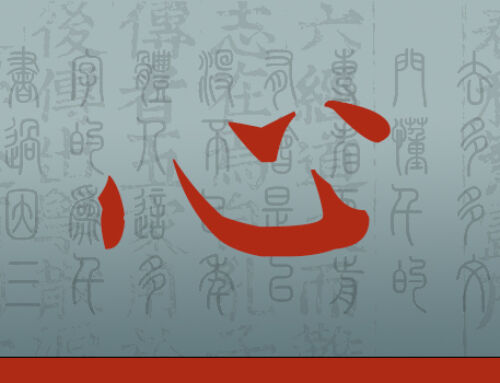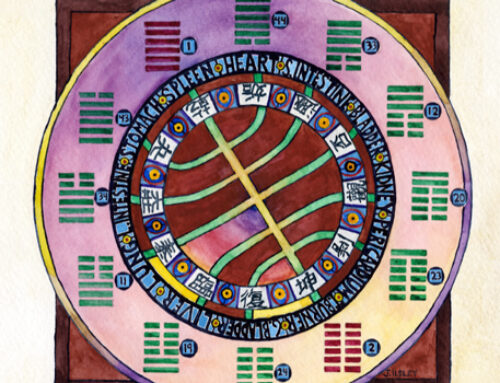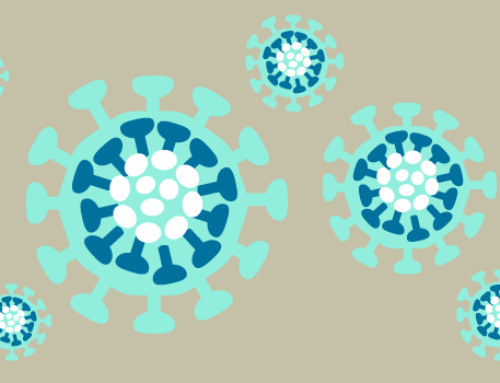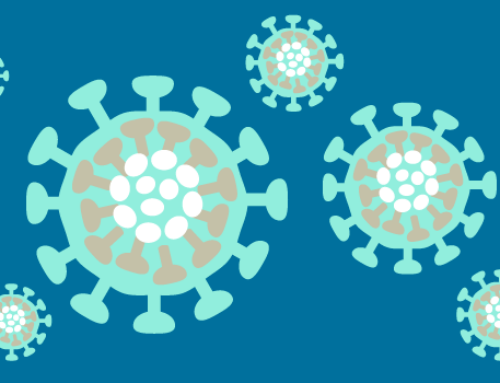 輔行訣臟腑用藥法要 梁華陽隱居 陶弘景 撰
輔行訣臟腑用藥法要 梁華陽隱居 陶弘景 撰
EXTRANEOUS SECRETS: The Essential Method of Using Medicinal Substances for Differential Treatment of the Organ Networks
Attributed to the Hermit of Huayang, Tao Hongjing (456-536), As Recorded and Transmitted by Zhang Dachang (1926-1995) and his Disciples
Preface
By Michael Dell’Orfano
Edited and critically annotated by Heiner Fruehauf
National University of Natural Medicine, College of Classical Chinese Medicine
隱居曰:凡學道輩,欲求永年,先須祛疾。或有夙痼,或患時恙,一依五臟補瀉法例,服藥數劑,必使臟氣平和,乃可進修內視之道。不爾,五精不續,真一難守,不入真景也。服藥祛疾,雖系微事,亦初學之要領也。諸凡雜病,服藥汗吐后,邪氣雖平,精氣被奪,致令五臟虛疲,當即據證服補湯數劑以補之。不然,時日久曠,或變為損證,則生死轉側耳。謹鈄五臟虛實證候悉列于左,庶几識別無誤焉。
The Hermit says: Every student of the Dao and all seekers of longevity must first learn how to expel disease. Practitioners often suffer from chronic health problems or acute manifestations of seasonal illnesses. In this case, one needs to first employ the systematic methods of tonifying or reducing the five zang organs by imbibing several doses of herbal medicine. Only when qi flow in the organ systems has been restored to an even and harmonious state, the adept can move forward and cultivate the path of inner vision. Otherwise, the five essences will not be replenished, and it will be difficult to maintain a state of true unity and become initiated into a true version of the inner landscape. The process of taking herbal medicine and expel disease may seem like a trifling endeavor, yet it represents the first “must-do” of the serious adept. It is a typical characteristic of most miscellaneous diseases that, once diaphoretic or emetic herbs have been imbibed, the pathogenic evil may seem pacified, yet some of one’s own vital essence has suffered loss in the process, causing the five storage organs to be empty and exhausted. This needs to be remedied by taking several doses of tonic decoctions that are administered according to the principles of differential diagnosis. Otherwise, over time chronic deficiencies may develop, which may eventually turn life into death! This work shall carefully list the signs and symptoms of excess and deficiency of the five zang organs, so that there may be no mistakes in differentiating them.
This article is the preface to an extensive series of translations, located in the members article pages.









Leave A Comment
You must be logged in to post a comment.